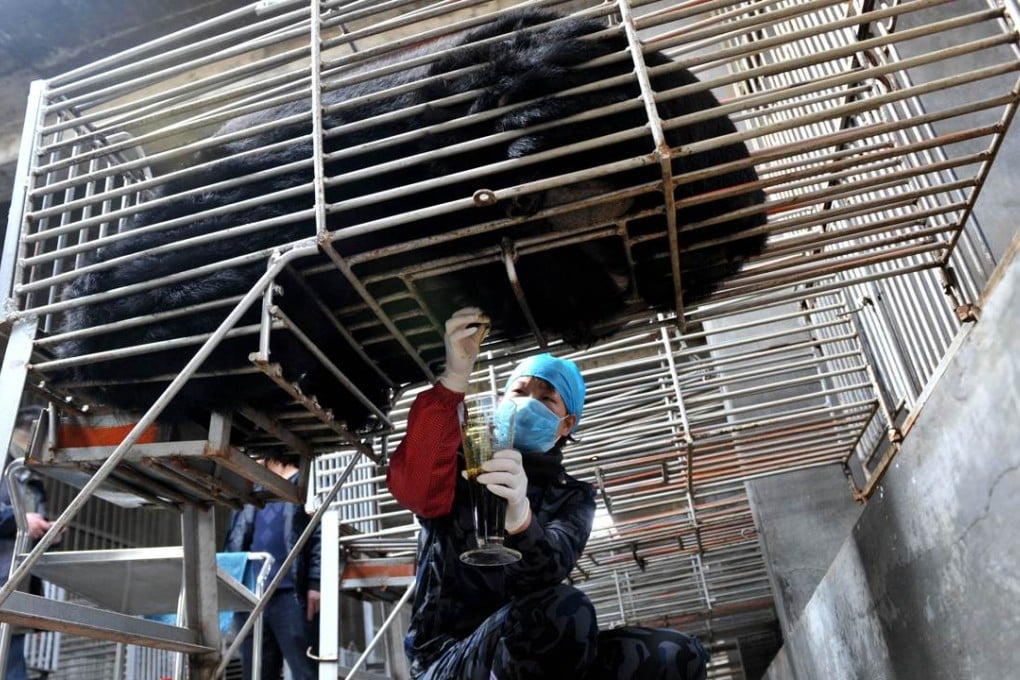Seeing animals as a resource is a cruel substitute for real wildlife protection in China
Peter Li says a draft revision to Beijing’s wildlife protection law remains focused on the utilisation of animals for human benefit, and thereby fails to protect them in any meaningful way

This month, the National People’s Congress is soliciting public comments on four draft laws. One is the revision of the Wildlife Protection Law, which came into effect in 1989. Ironically, the law, supposedly designed to protect wildlife species, has witnessed the enormous rise of a wildlife exploitation industry unlike anything in China’s past.
READ MORE: ‘Too delicious’ – panda caretaker accused of eating protected birds and bragging on social media
In 2003, the State Forestry Bureau, the national government agency responsible for enforcing the law, announced glowingly that China had succeeded in domesticating 54 wildlife species as an accomplishment of implementing the law. Indeed, more Asiatic black bears have been farmed in cages for bile extraction since the law’s adoption than before. Thousands more tigers have been raised in cages in northeast and southwest China. Does wildlife farming equal wildlife protection?

It is no secret that China is the main destination of global ivory trafficking. Reports over the past two years have also found that Chinese zoos and other institutions have been importing protected species for display and other purposes. Chinese trophy hunters and buyers are eyeing African lions and Canadian polar bears.

Criticism of the toothless legislation has been heard by authorities. In September 2013, the NPC decided to put a revision of the law on the legislative agenda. The draft revision released for public comment is the result of that decision. However, the revision is a far cry from the wishes of wildlife experts, animal conservationists and other parties that have a stake in a new and enforceable law.
The original law is a product of the prevailing mindset at the time that “protection has to serve the objective of economic modernisation”. Thus, wildlife was defined as a “natural resource” to be used for human benefit.

